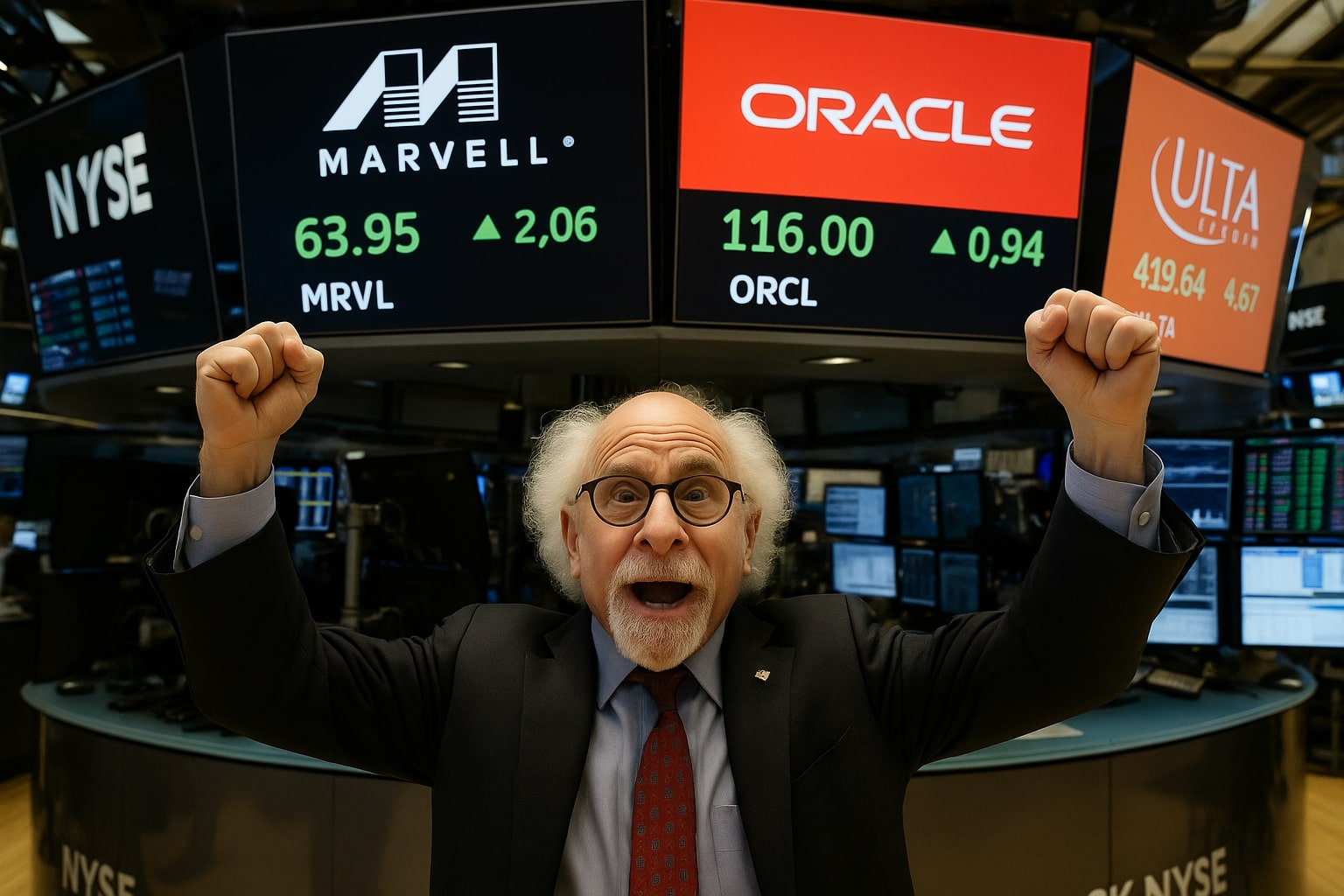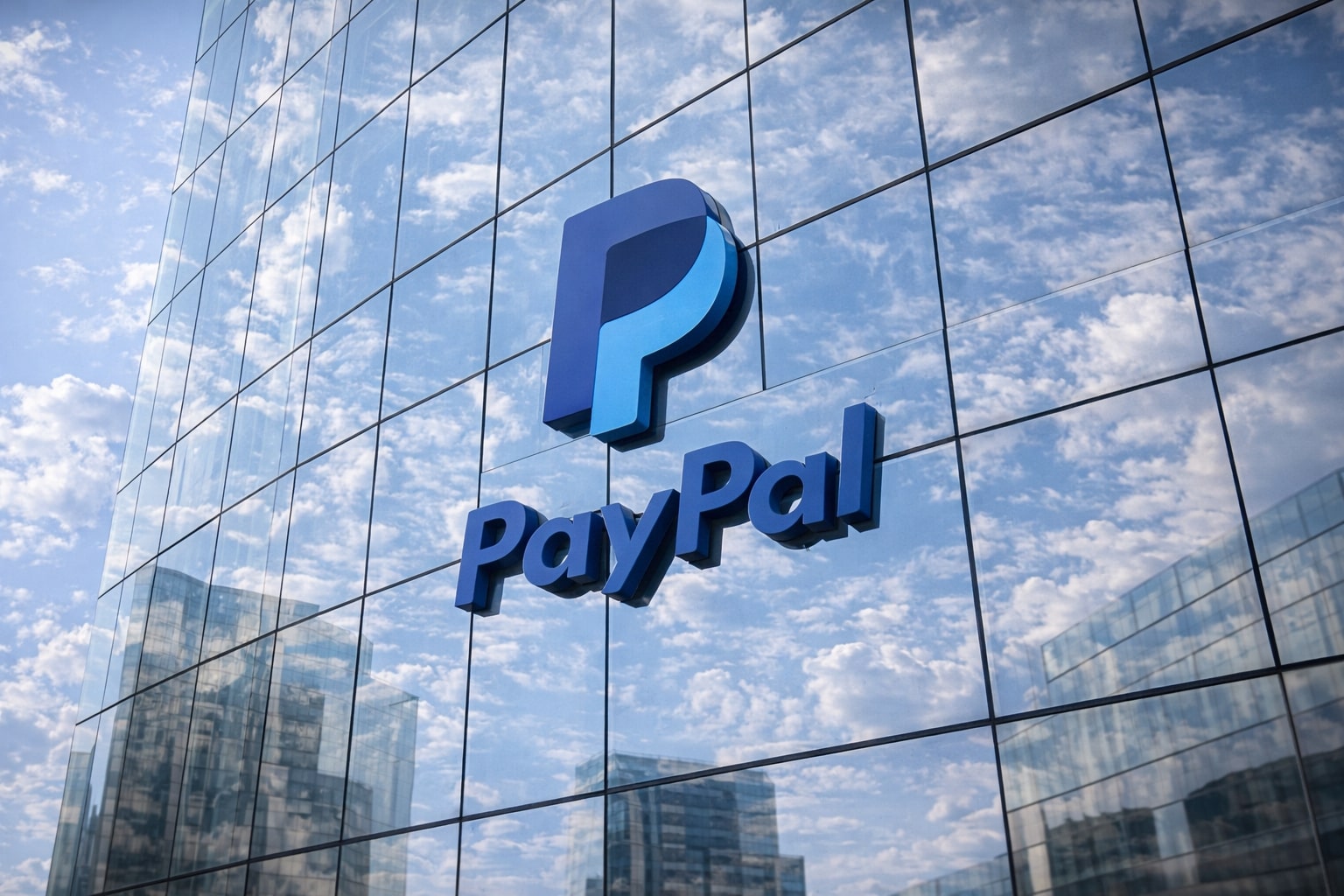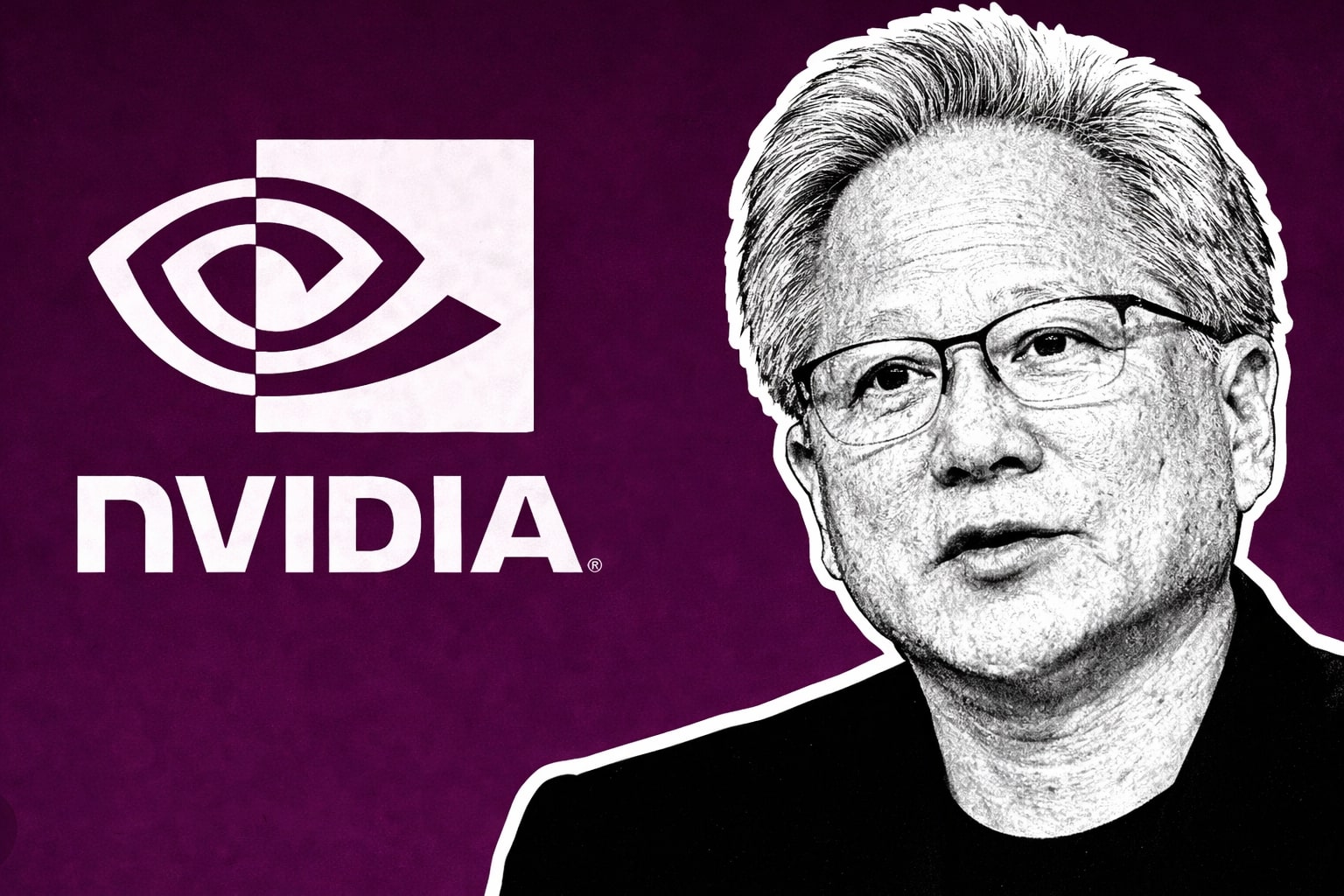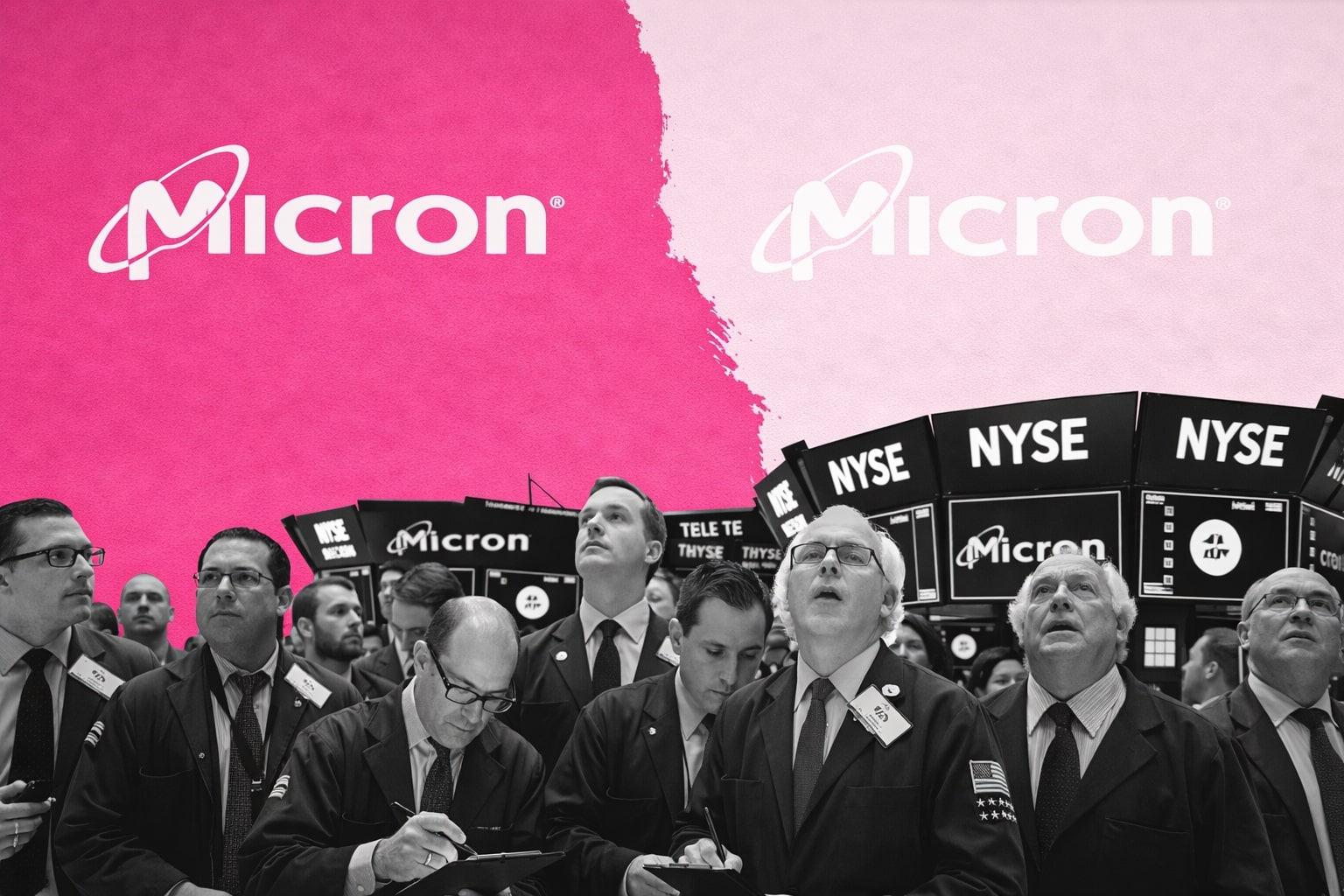
Nasdaq Pushes Ahead, Dow Slips as Powell Delivers Cautious Fed Hold
Tech gains powered by MRVL and CRCL contrast with Dow’s APO drag; oil climbs on Iran tensions while Powell signals deeper economic uncertainty | That's TradingNEWS
Fed Rate Freeze Sparks Index Divergence as Uncertainty Deepens
The Federal Reserve held its benchmark rate unchanged at 4.25%–4.50%, extending a pause to a fourth straight meeting, but the path forward remains split. Seven FOMC members now project no change for 2025, while eight expect at least 50 basis points in total cuts. Despite the pause, markets gave back earlier gains. The Dow Jones Industrial Average (^DJI) fell 0.10% to 42,171.66, while the S&P 500 (^GSPC) dipped slightly to 5,980.87. The Nasdaq Composite (^IXIC) rose 0.13% to 19,546.27, capping a choppy session. Powell’s tone offered no relief: inflation forecasts were marked higher, now at 3.1% for 2025, while GDP projections slipped.
The 10-year Treasury yield (^TNX) floated around 4.36%, reflecting cautious sentiment. The Fed's updated dot plot drew criticism for its widened dispersion. Officials are split not only on timing, but on fundamental risks: some expect lingering inflation, others fear a weakening labor market. Powell called this divergence “natural,” but conceded rate path conviction is low.
Nasdaq Finds Lift on AI Momentum, But Macro Still Caps Upside
While the Nasdaq gained 0.13%, upside remained limited as Powell’s messaging diluted bullish momentum. Still, traders leaned into AI-linked optimism. Marvell Technology (MRVL) rallied +8%, closing at $74.95, after Bank of America lifted its price target to $90, citing MRVL’s unique positioning across compute, electro-optics, and memory architecture. The firm continues to benefit from robust AI capex inflows.
Meanwhile, Circle (CRCL) surged +33.82% to $199.59 following Senate approval of stablecoin legislation, pushing the crypto infrastructure stock into a vertical trajectory. CRCL has now advanced 460% since IPO, supported by expectations for regulatory clarity and increased on-chain transaction volume. On the retail side, Coinbase (COIN) climbed 15.7%, capitalizing on the same narrative via its new stablecoin commerce stack.
Verdict: Buy MRVL and CRCL on momentum and sector leadership. Nasdaq selectively bullish.
Dow Slips on APO Weakness and Defensive Rotation into Bonds
The Dow Jones Industrial Average (^DJI) fell 44.14 points, snapping early strength after geopolitical jitters and hawkish Fed language turned investor tone risk-off. Weakness in financials weighed on the index, led by Apollo Global Management (APO), which has dropped -29.8% from its $189.49 peak and is down -19.4% YTD. Although APO beat on adjusted net income ($1.1 billion, +5.2% YoY), its Retirement Services unit posted $828 million in investment losses. That compares unfavorably to a $1.7 billion gain in the prior-year quarter. Revenues slumped 21.2% YoY to $5.5 billion, sparking a 1.8% decline post-earnings.
Despite those losses, APO has outpaced rival Blackstone (BX) on a 12-month basis (+13.4% vs +11.9%). However, the short-term technical picture remains under pressure, with shares still below the 200-day moving average since March.
Verdict: Hold APO long term for credit cycle leverage. Short-term bearish.
Crude Oil Gains as Trump-Iran Tension Casts Risk Premium Across Energy
West Texas Intermediate (CL=F) surged +1.88%, holding just under $75, as geopolitical threats once again lifted energy prices. President Trump’s cryptic response to questions about bombing Iran — “I may do it. I may not” — offered no clarity but raised the probability of escalation. Iran has reportedly mobilized missile assets targeting U.S. regional bases should direct intervention occur.
Brent (BZ=F) held above $76, and both benchmarks could breach $80 if hostilities escalate. Markets are layering in a risk premium but haven’t yet fully priced a direct U.S.-Iran confrontation.
Verdict: Buy oil on any confirmed breach of $77. Long exposure favored into Q3.
Housing Starts Hit Pandemic-Era Low as Mortgage Rates Remain a Barrier
May housing starts collapsed 9.8% to 1.256 million units, the lowest since COVID-era disruptions. The market is choking on supply constraints and elevated financing costs. Mortgage rates hovered at 6.81% (30-year fixed), down slightly from 6.84%, but still stuck in a restrictive band. Powell admitted the housing crunch is “a longer-run problem,” pointing to supply shortages and Fed limitations. Permits also fell, confirming slowdown persistence.
Fed tightening has drained construction optimism, and economists warn that the lag could translate into sector-wide layoffs. Renaissance Macro highlighted that completions now outpace starts, implying further contraction ahead.
Verdict: Bearish on housing and construction names. Avoid sector exposure until rates dip below 6.4%.
S&P 500 Flatlines as Ulta Powers Ahead and Bonds Stabilize
The S&P 500 (^GSPC) ended the day nearly unchanged, masking divergence beneath the surface. Ulta Beauty (ULTA) continued its bullish run, now up +8.9% YTD and +23.8% YoY. It outpaced the S&P 500’s +1.7% YTD and +9% YoY gains. Q1 results showed strength, with $2.8 billion in sales (+4.5% YoY) and $6.70 EPS, beating forecasts by 16.1%. ULTA remains above its 50- and 200-day MAs.
Elsewhere, bond ETFs held steady post-Fed. JNK and HYG added +0.1%, while AGG and BND remained flat. This shows investors were not surprised by the dot plot and are still comfortable in credit-heavy instruments.
Verdict: Buy ULTA on retail strength and technical tailwinds. Credit ETFs stable — Hold.
CBOE Holds Momentum But Trails CME in Derivatives Leadership Battle
Cboe Global Markets (CBOE) has posted a +16.5% YTD return, outperforming the Nasdaq Composite’s +1.2%, but underperforming CME Group’s +17.2%. The firm remains a core holding in volatility-sensitive strategies, anchored by its ownership of the VIX. CBOE trades just 3.6% below its 52-week high of $236.02, and beat Q1 estimates with $2.50 EPS (+5.9% above consensus) and $565.2M in revenue. Full-year guidance was raised.
Technically, CBOE has held above its 200-day MA since last July and its 50-day MA since April. CME, however, has gained 38.5% YoY vs. CBOE’s 34.4%, suggesting relative performance lag in recent months.
Verdict: Hold CBOE. Strong fundamentals but wait for VIX breakout before adding.
Labor Market Signals Cracks as Jobless Claims Stick Near Cycle Highs
Initial jobless claims stayed elevated at 245,000, while continuing claims hovered at 1.945 million, the highest since late 2021. Powell acknowledged volatility in incoming data, particularly with BLS survey reductions. While he downplayed the threat to Fed function, the persistent climb in jobless metrics underscores growing labor market fragility — especially as construction, retail, and logistics show signs of retrenchment.
Expect downward pressure on wage growth and consumption ahead if these levels persist into July.
Verdict: Cautious on consumer cyclicals. Labor deterioration a bearish drag.
Trump Tariff Risk and Geopolitical Tension Fuel Market Whiplash
Markets are also increasingly reactive to Trump’s economic ambiguity. The Fed flagged tariffs as a major uncertainty: estimated effective tariff rate has fallen from April’s peak but remains high at 14.4%, compared to 2.5% entering the year. This unresolved cost burden continues to cloud inflation forecasts and business confidence. In parallel, Trump’s Iran rhetoric amplifies volatility risk, particularly in defense, energy, and transportation names.
Verdict: Defensive rotation still valid. Buy volatility hedges if VIX dips near 18.
That's TradingNEWS
Read More
-
PYPL Stock Price Forecast - PYPL at $59.91; Is It a Bargain or Value Trap?
18.12.2025 · TradingNEWS ArchiveStocks
-
Ethereum Price Forecast - ETH-USD Slides to the $2,800s as ETF Outflows Mount and a $2,000 Flush Looms
18.12.2025 · TradingNEWS ArchiveCrypto
-
Oil Price Forecast - Oil Stalled Near $56–$60 as Venezuela Blockade Clashes With Oversupply Outlook
18.12.2025 · TradingNEWS ArchiveCommodities
-
Stock Market Today: Nasdaq, S&P 500 And Dow Jump As CPI Cools And MU Stock Rockets
18.12.2025 · TradingNEWS ArchiveMarkets
-
GBP/USD Price Forecast - Pound Holds 1.34 as BoE’s 3.75% Rate and Weak US CPI Pressure the Dollar
18.12.2025 · TradingNEWS ArchiveForex


















